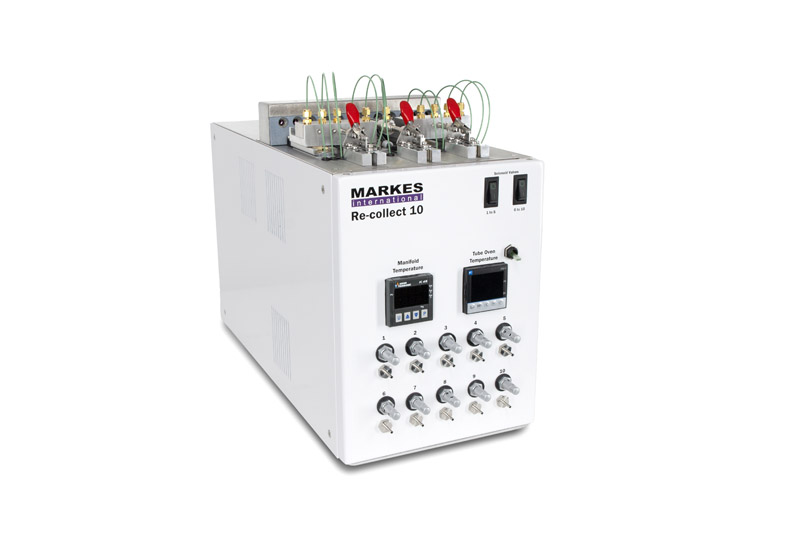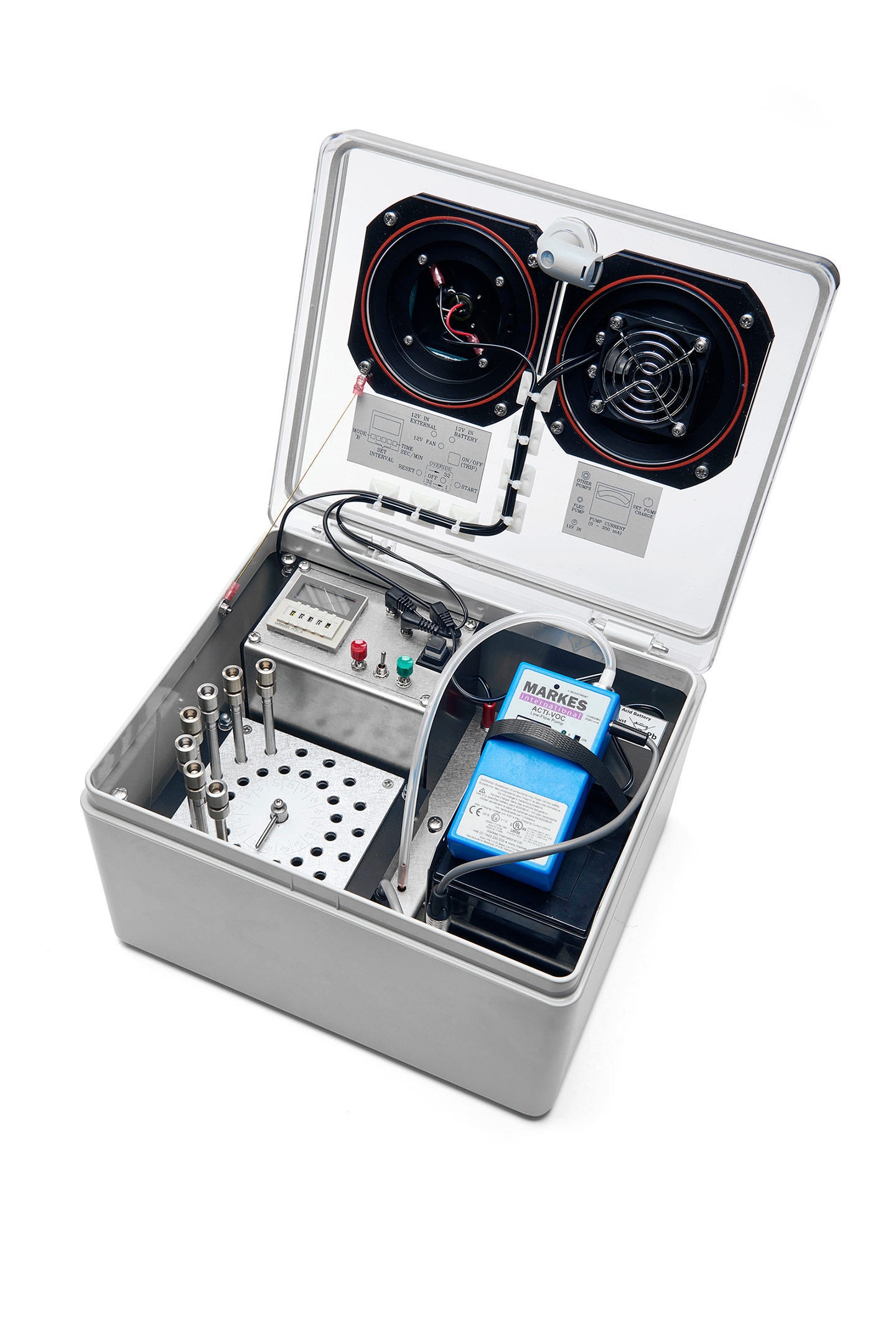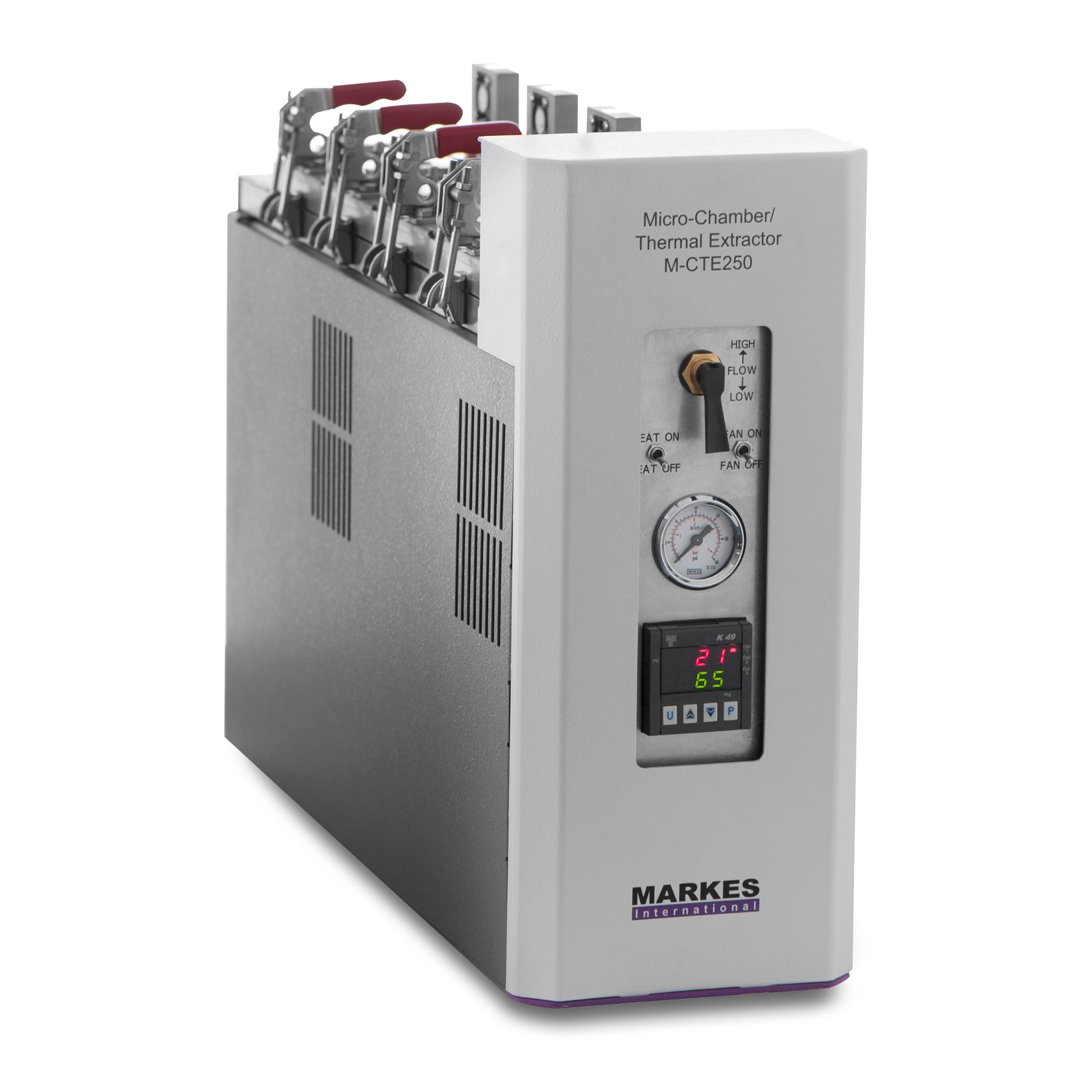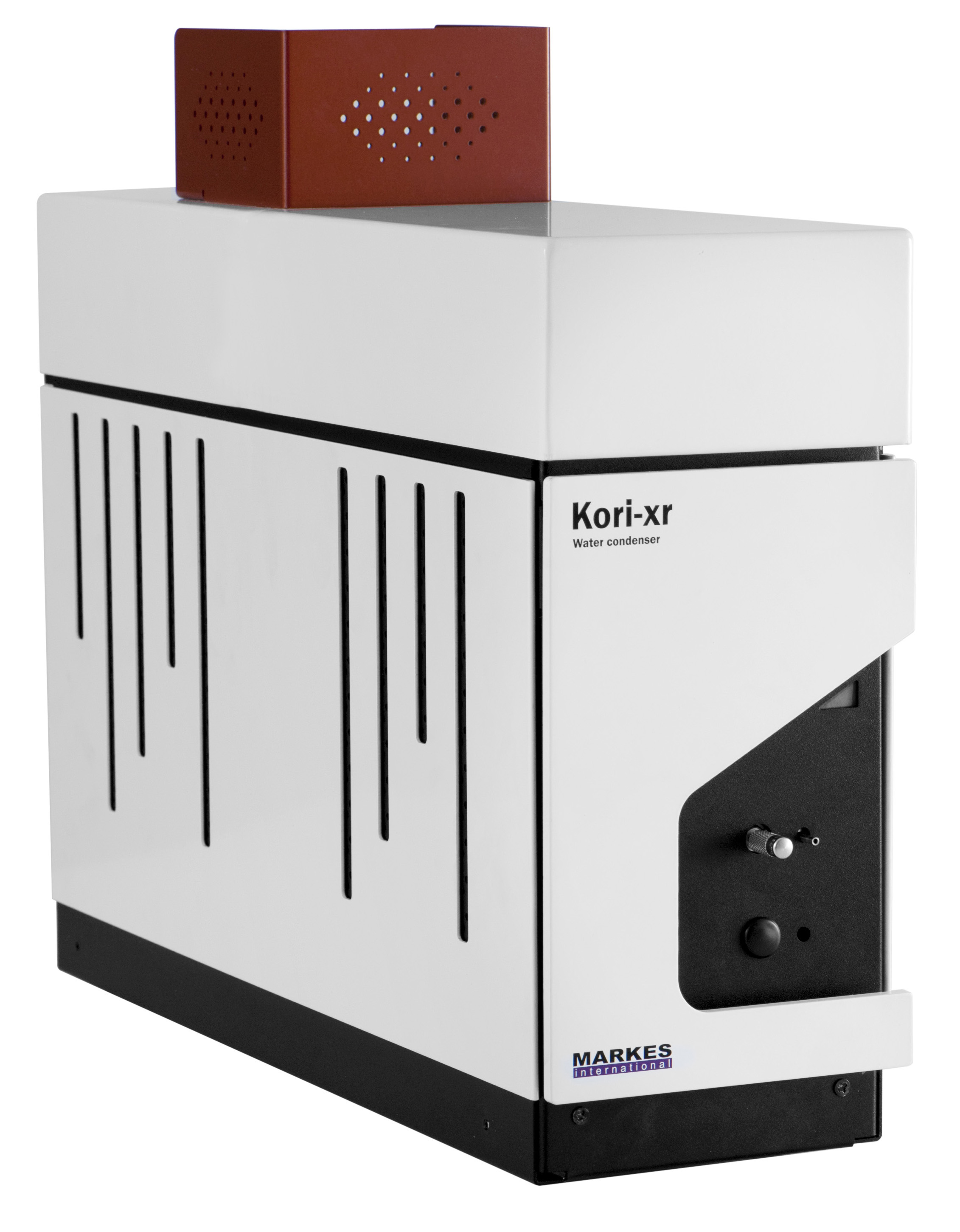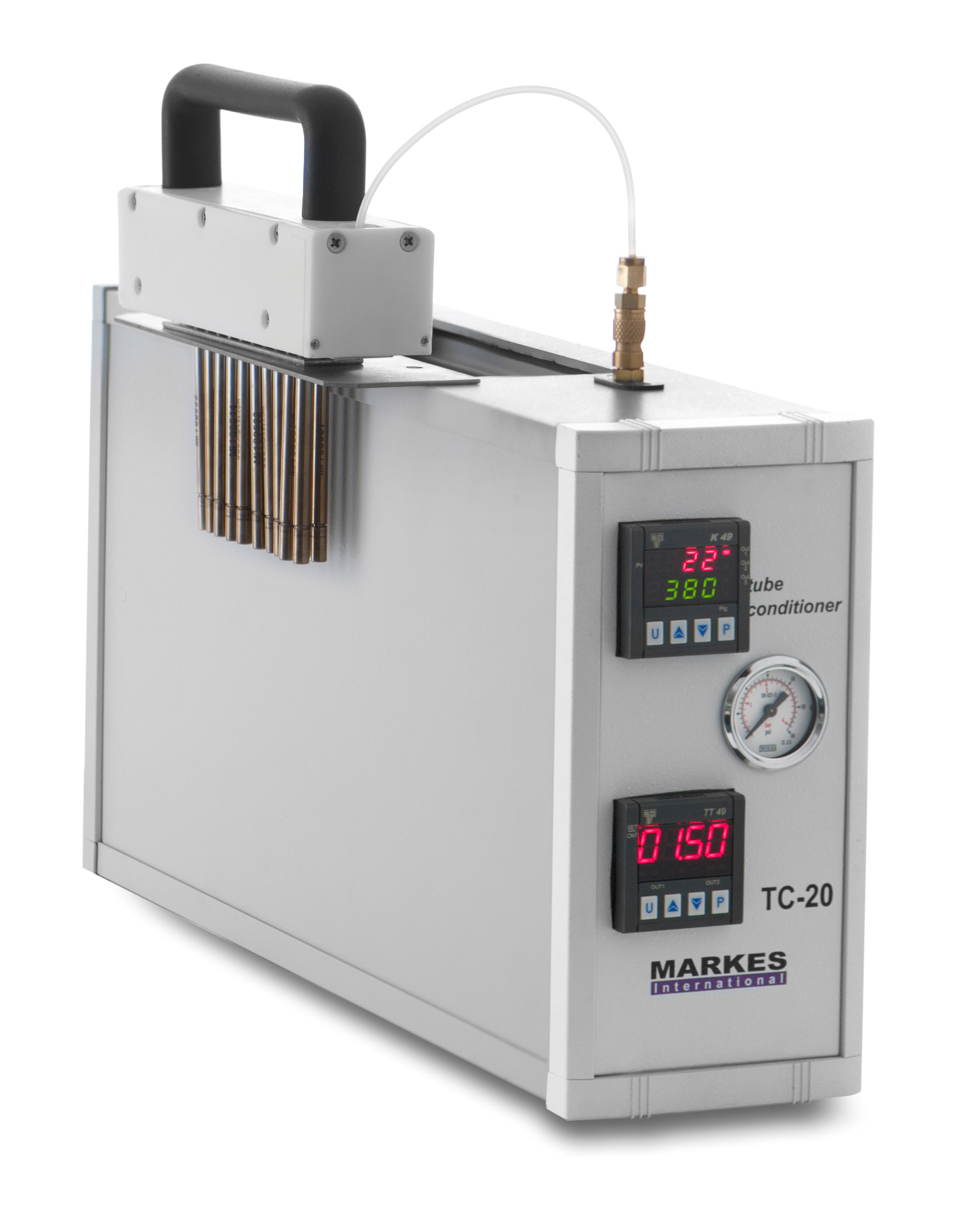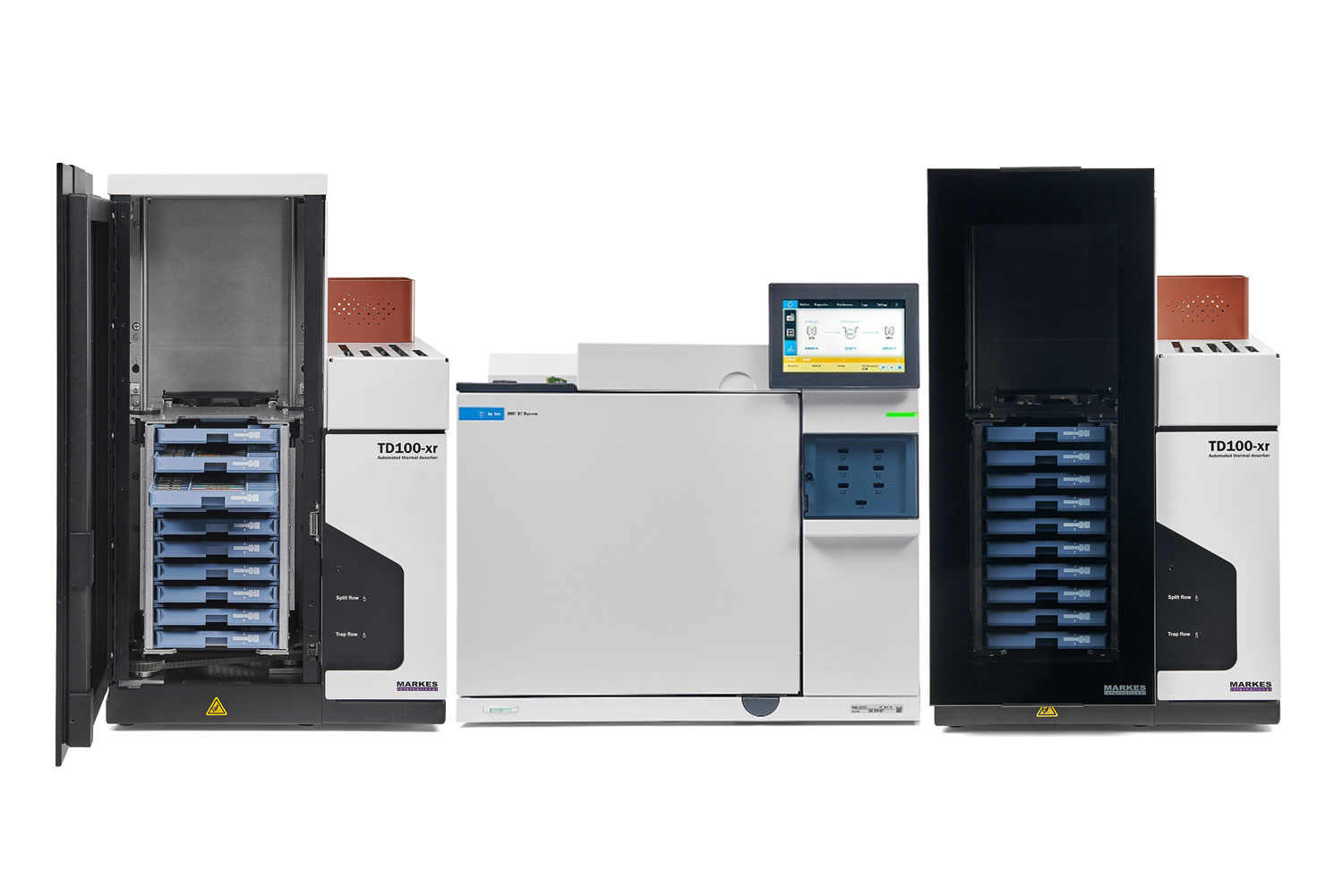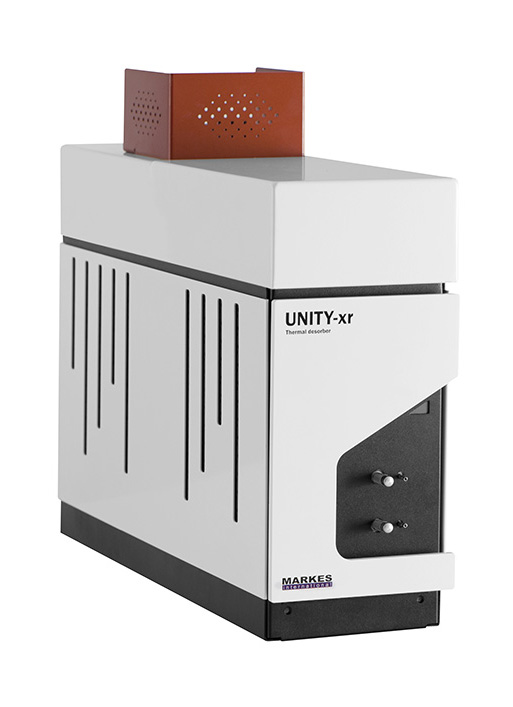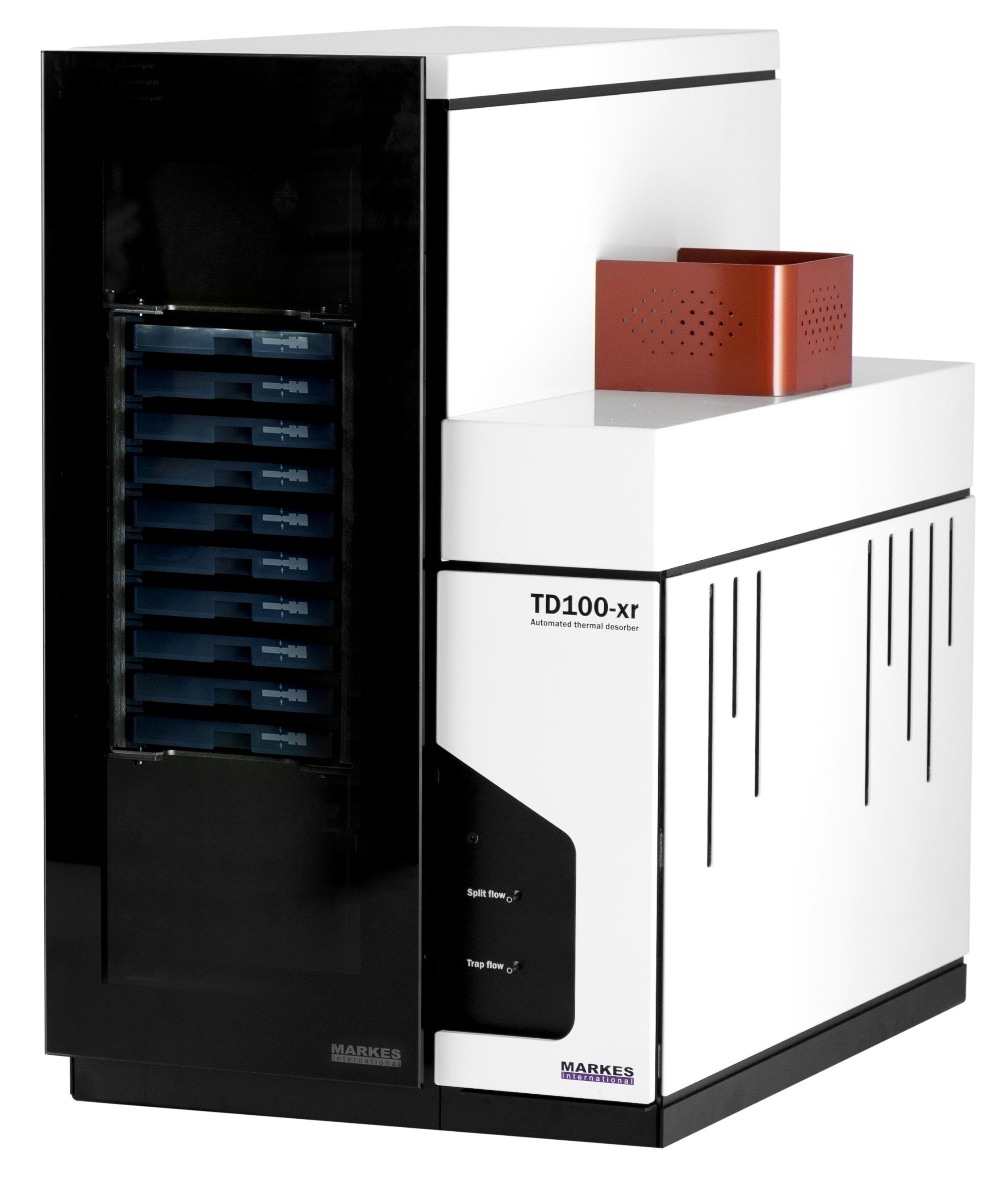Analysis of fragranced goods is of great importance for manufacturers, whose reputation may rely upon the chemical composition of their products meeting consumer demands and regulatory requirements.
A vast range of fragranced consumer products may be monitored for their odours, including:
- Cosmetics, toiletries, ointments and topical creams.
- Cleaning products, surface polishes and coatings.
- Essential oils, air fresheners and scented candles.
Profiling these products can often be a challenge, because of the presence of many VOCs at a wide range of concentrations, typically in a highly complex sample matrix.
Analysis of fragranced products
Fragrance product analysis is currently focused on three main areas:
- Fragrance profiling – Understanding the factors that give rise to the fragrance which in turn provides the basis for product improvement.
- Harmful chemicals – Determining levels of suspected allergens or potentially harmful chemicals in the products.
- Off-odours – Understanding the origin of VOCs giving rise to off-odours or taints, and so ensuring production-line consistency of products from batch to batch.
Approaches to fragrance profiling

The ability to run a wide range of sample types is essential for profiling fragranced goods.
The use of trap-based preconcentration is also important, because it allows sensitivity for trace-level compounds to be dramatically enhanced. Moreover, systems featuring a backflushed trap enable a wider range of sorbents to be used, allowing simultaneous analysis of volatile and semi-volatile compounds from a single analytical procedure.
Sampling and preconcentration equipment for fragrance profiling from Markes International
Markes offers a range of systems suitable for the sampling and analysis of volatiles from fragranced products. The most versatile of these is the Centri sampling and concentration platform, which allows sampling using:
- Headspace and headspace–trap.
- HiSorb high-capacity sorptive extraction.
- SPME and SPME–trap.
- Tube-based thermal desorption.
Tube-based thermal desorption is also ideal for investigating releases of fragrance compounds into the indoor environment – a topic that is covered in more detail on the 'Indoor air quality' page.
Find out more by browsing the content below.

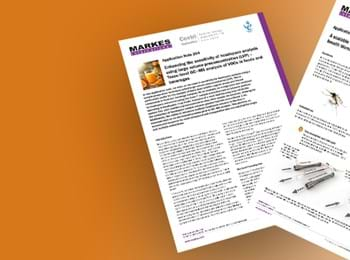

![Markes TD Brochure Hero3 Corepurple[2]](/media/zmscvqds/markes-td-brochure-hero3-corepurple-2.jpg?crop=0.55128205128205132,0,0,0&cropmode=percentage&width=350&height=260&rnd=132399686846500000)



